Discover The Hidden Wonders Of The Arcades Of Paris
Imagine Paris in the late 18th century. Exciting technological advances were underway, France was becoming known for its luxury goods, and the burgeoning bourgeois society was beginning to enjoy the good life. It's no big surprise that the first shopping malls were created during this era. Come with us to step into the arcades of Paris, where the past feels near, untouched by modern life. These covered passages were once the height of Parisian sophistication. Today, they remain intimate and atmospheric retreats, with boutiques, galleries, and cafes tucked into every corner. Wander these historic arcades, and you'll uncover a side of Paris that feels both timeless and refreshingly off beat
![]()
Romantic Dinner Cruises In Paris
|
VIP Dinner Cruise with Bateaux Parisiens |
Dinner Cruise by Maxim's of Paris |
|
VIP Dinner Cruise with Bateaux Parisiens |
1. Galerie Vivienne: Echoes of Neoclassical Paris
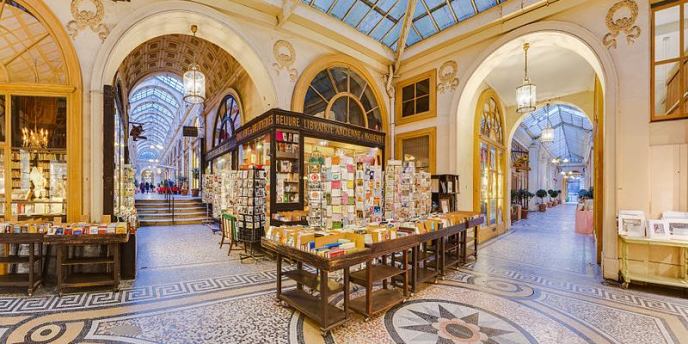 View of Galerie Vivienne today, photo Wikimedia Commons by Benh Lieu Song
View of Galerie Vivienne today, photo Wikimedia Commons by Benh Lieu Song
Galerie Vivienne was once the pinnacle of Parisian luxury. Opened in 1823, this arcade dazzled visitors with its mosaic floors, crafted by Italian artisans, and intricate geometric designs that echo the grand arcades along Rue de Rivoli. Architect François-Jacques Delannoy graced the space with neoclassical elements — canopies, sculptures, and early gas lighting — that cast an attractive glow on its opulent storefronts. Though time has softened some of its shine, Galerie Vivienne retains an unmistakable charm that transports visitors to an era of elegance
- 5 Rue de la Banque
- 2nd Arrondissement
- Website…
2. Galerie Colbert: A Grand Central Atrium
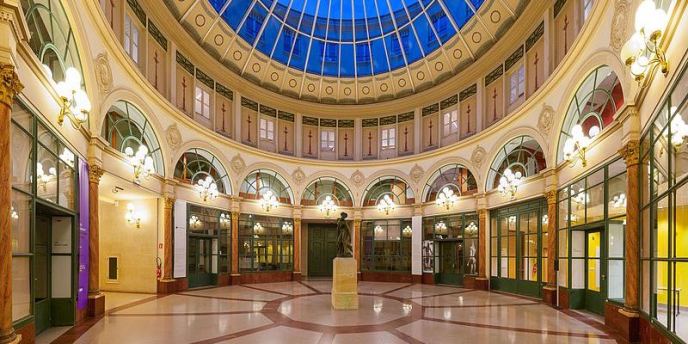 The dome of Galerie Colbert, photo Wikimedia Commons by Benh Lieu Song
The dome of Galerie Colbert, photo Wikimedia Commons by Benh Lieu Song
Adjacent to Galerie Vivienne, on the next street over (Rue Vivienne), is its long-time glamorous rival, Galerie Colbert, built just a few years later. Enter the arcade and continue to the central atrium to the current home to the Institut National d'Histoire de l'Art and the Institut National du Patrimoine. Le Grand Colbert, the classic brasserie featured in the 2003 film Something's Gotta Give, is also found here. Although Galerie Colbert is no longer a shopping arcade, it's worth a visit to see the historic architectural touches.
- 2 Rue Vivienne
- 2nd Arrondissement
- Le Grand Colbert Website…
3. Passage Verdeau: A Gem of the Grands Boulevards
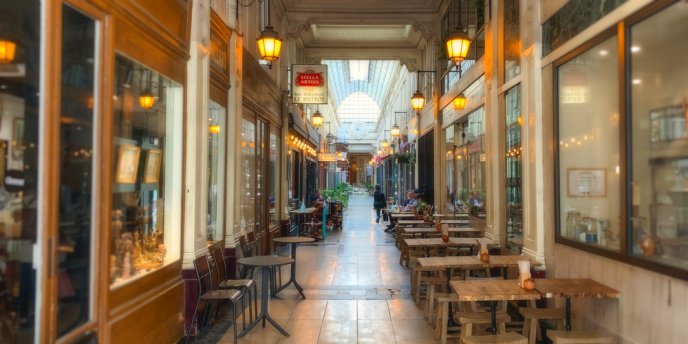 Passage Verdeau, photo Wikimedia Commons by Chabe01
Passage Verdeau, photo Wikimedia Commons by Chabe01
Built in 1847 as a continuation of the nearby Panoramas and Jouffroy arcades, Passage Verdeau is today a graceful escape lined with bookshops, antique dealers, and Parisian cafes. Its delicate glass ceiling and soft pink and black stone floors infuse the passage with a warmth that complements its neoclassical design. Tucked away from the busy Grands Boulevards, this charming passage still feels like a hidden sanctuary of Parisian culture and heritage.
- 6 rue de la Grange-Batelière
- 9th Arrondissement
![]()
Our Most Popular Day Trips from Paris
|
Spend a Day in the Champagne Region |
Visit the Historic D-Day Beaches |
|
Visit the Historic D-Day Beaches |
4. Passage des Panoramas
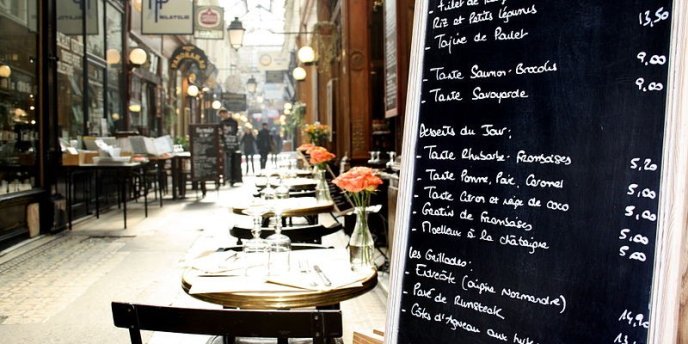
Built in 1799 makes Passage des Panoramas one of the oldest arcades in Paris. Its name comes from the two rotundas showing panoramic cityscapes that once stood at the entrance. Unfortunately, these were destroyed in 1831 during an expansion and renovation. Also of note — this was the first arcade to introduce gas lighting. Today, Passage des Panoramas has cafes, restaurants and unusual shops. The Musée Grevin can be accessed through one of its maze-like galleries.
- 11 Boulevard Montmartre
- 2nd Arrondissement
5. Passage Jouffroy
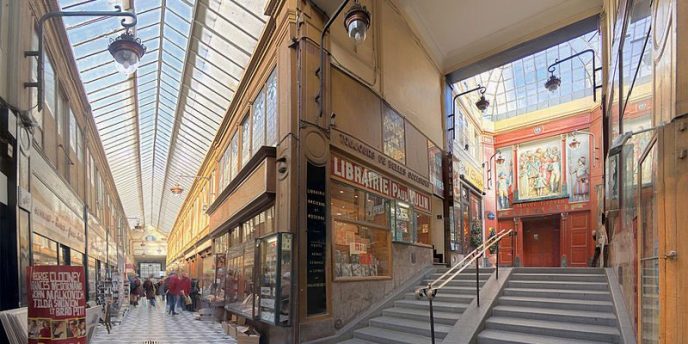
Opened in 1846 as an extension of the older Passage des Panoramas, Jouffroy was the first arcade in Paris to be built entirely of iron and glass, and the first to have under-floor heating. There's an ornate clock above the Hotel Chopin, lamps line the arcade storefronts, and a geometric pattern of black, white, and grey floor tile complete the period look. Passage Jouffroy is also home to the Musèe Grévin, the popular wax museum.
- 10 Boulevard Montmartre to 9 rue de la Grange-Batelière
- 9th Arrondissement
A Stroll Through Time In Paris's Enchanting Arcades
For us, the arcades of Paris offer more than just shopping — they are solid glimpses into Paris's multifaceted history, where the allure of the past meets the city's enduring style. Each arcade has its own personality, whether you're drawn to the grandeur of Galerie Vivienne or the simpler charm of Passage Verdeau. Wander through these passages and you're reminded of why Paris continues to captivate travelers. So, if you're seeking to explore Paris beyond its well-worn paths, these arcades are a passage into another time. Paris awaits, ready to reveal its secrets.
BONUS – The Lost Arcades of Palais Royal
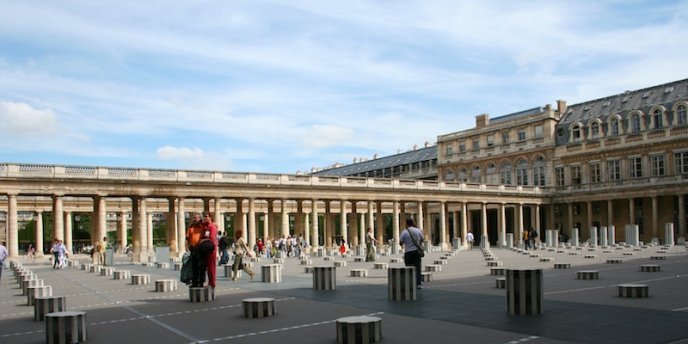
Originally built as a royal residence, the arcades of the Palais Royal became a fashionable destination during the late 18th century. Here was found some of the first glass-covered arcades, with rows of luxury stores and restaurants beneath them. During its heyday there were almost 150 shops, jewelers, restaurants, and salons, including two theaters.
In 1830, at the Cour d'Honneur (the section between the palais and the gardens) was found the most famous of the arcades of Paris, called the Galerie d'Orléans. Unfortunately, it was demolished one hundred years later. What remains is a flank of columns that stand between the Cour d'Honneur and the Palais-Royal Gardens, shown in the photo above. (The short columns are a] contemporary art installation in the Cour d'Honneur.)
- 8 Rue de Montpensier
- 1st Arrondissement
![]()
Find Hotel Deals for Your Dates in Paris
Check the complete list of Paris hotels to find current sale prices on rooms in every arrondissement. Save 10%, 20%… or even more! |
Paris Hotel Deals |
Find Hotel Deals for Your Dates in Paris
Save on hotels in every arrondissement of Paris – the Latin Quarter, Saint Germain, the Right Bank, the Marais, near the Eiffel Tower. Save 10%, 20%… or even more! |
There Used to Be More Arcades in Paris
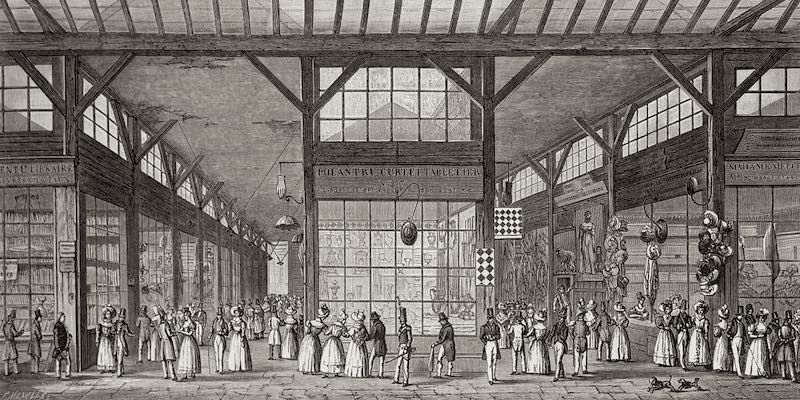
With the invention of gas lighting, the glass and iron arcades were popular hubs of the late 18th- and early 19th-century urban life. There were about 150 arcades built in Paris from the late 18th century until the early 1900s. (The print above shows an arcade in the Palais Royal in 1825.)
Advances in iron construction (later used at the Eiffel Tower) gave rise to a new form of architecture used in the arcades. The covered shopping arcades made of glass and iron were all the rage; a promenade through the warm and well-lit passageways was a fashionable activity.
Shops, cafes and theaters all flourished in the galeries and were pleasant places for the bourgeois society to see and be seen. The architects and developers spared no expense — installing mosaic floors, trompe l'oeil marble columns, ornamental plaster bas-reliefs to create a luxurious setting.
Paris Planning Guides
 Top Day Trips
Top Day Trips |
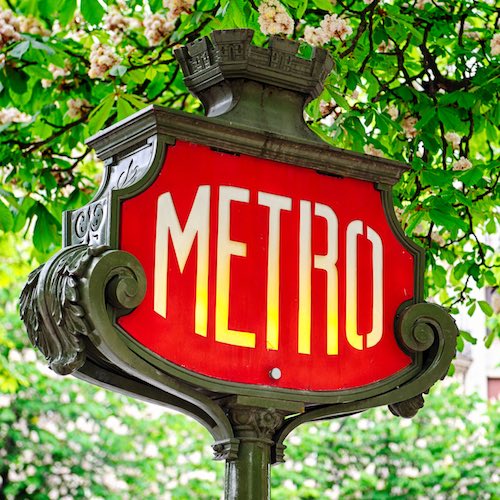 Paris Metro Guide
Paris Metro Guide |
 Left Bank Hotels
Left Bank Hotels |
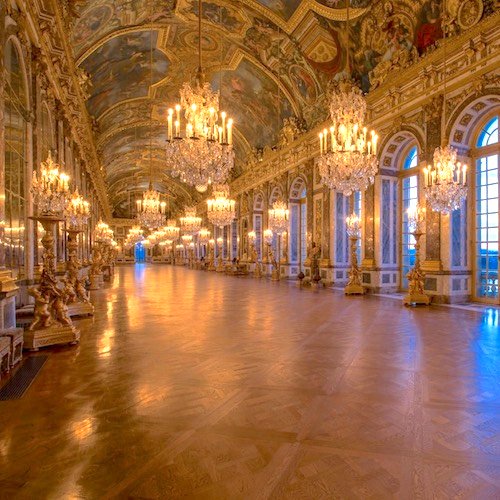 Visiting Versailles
Visiting Versailles |













